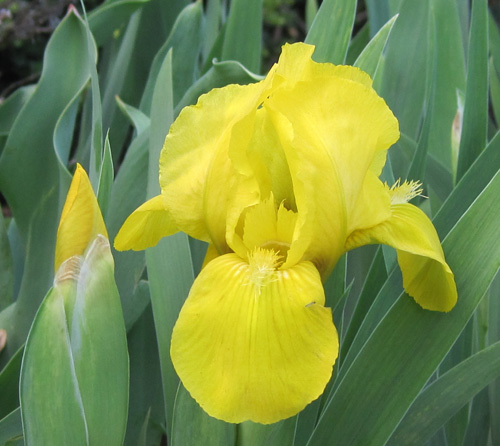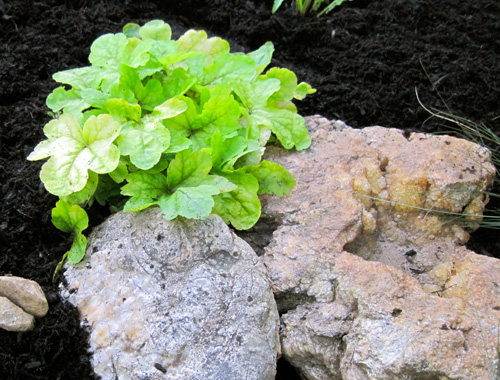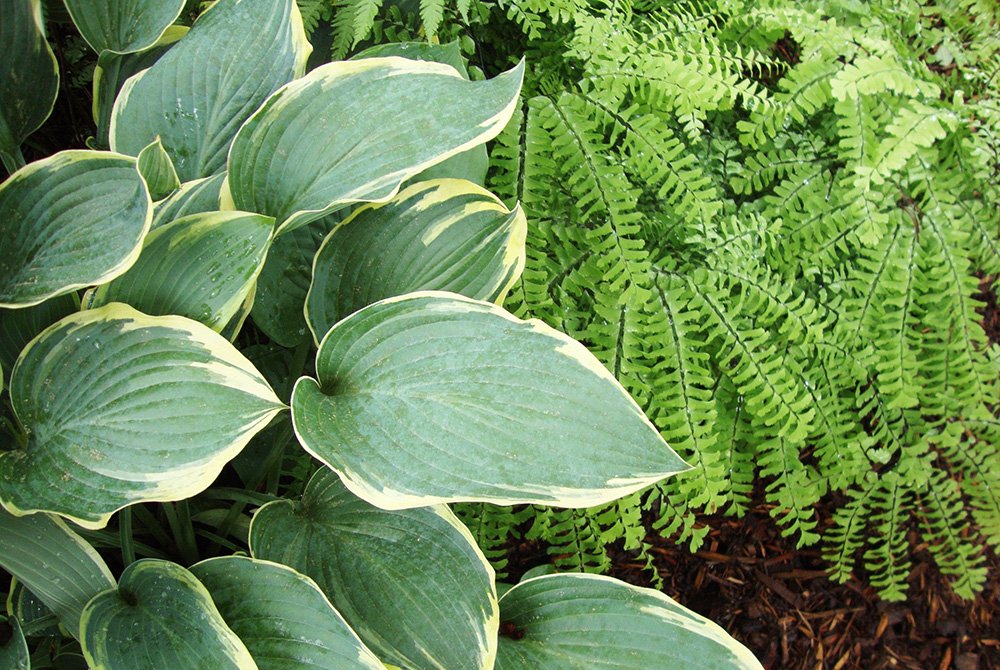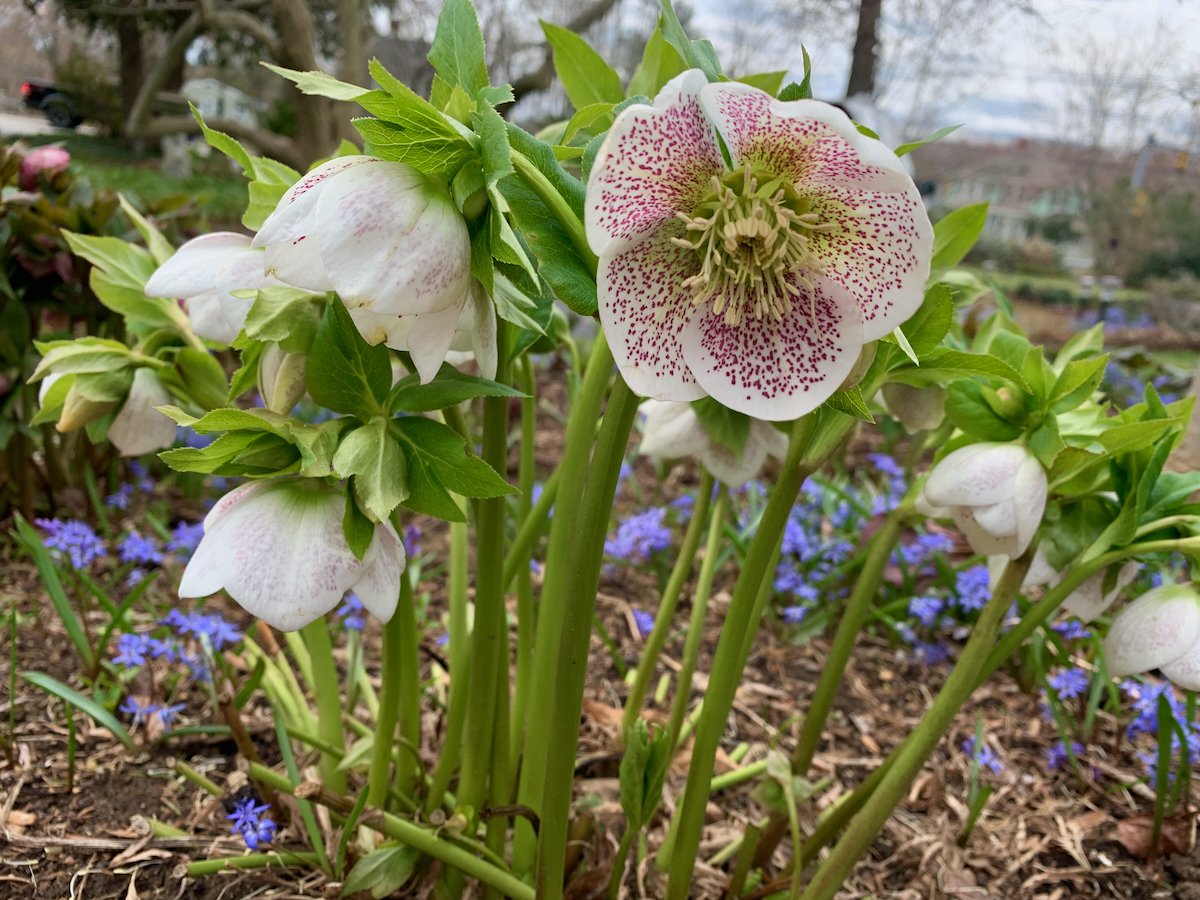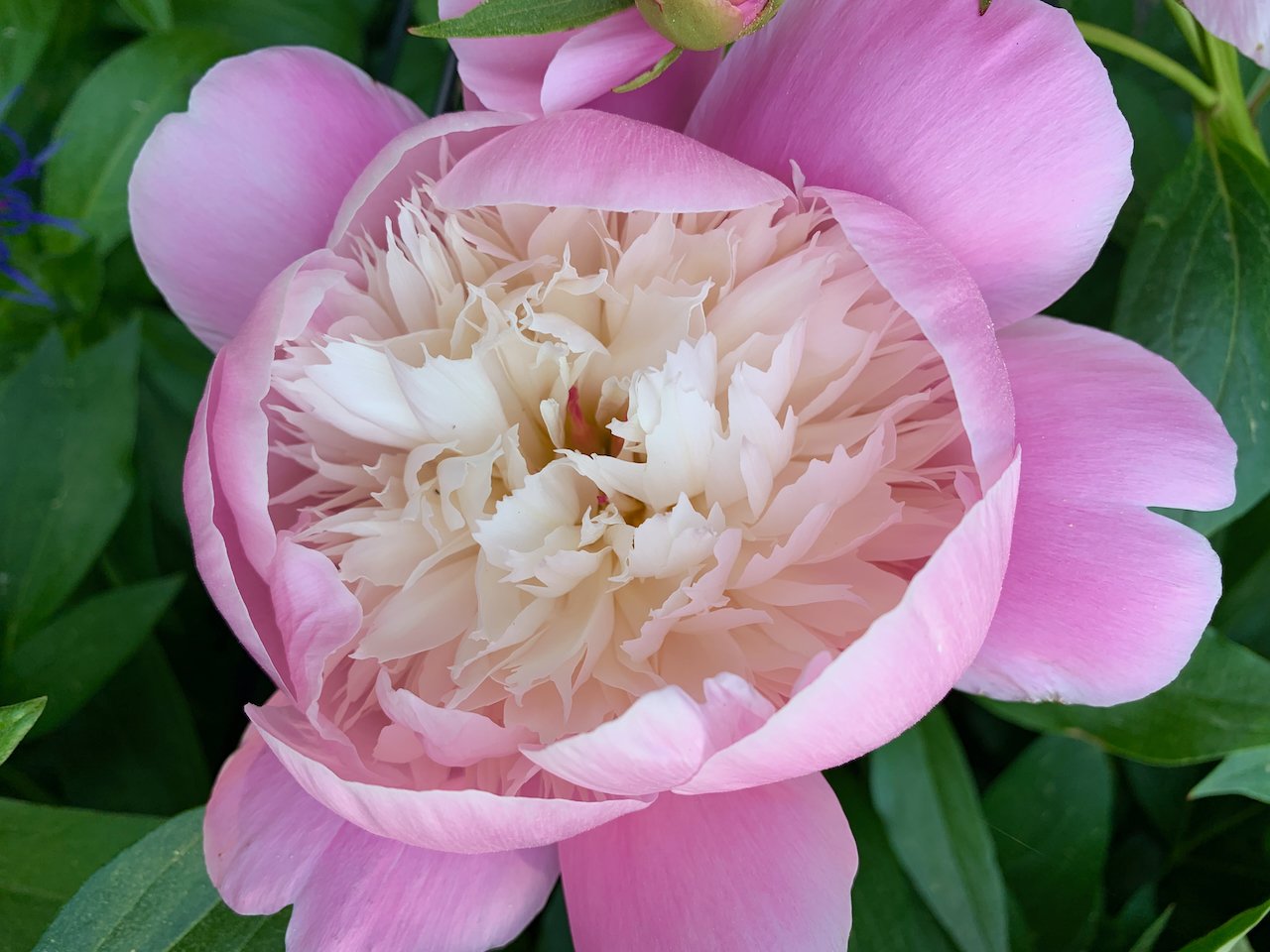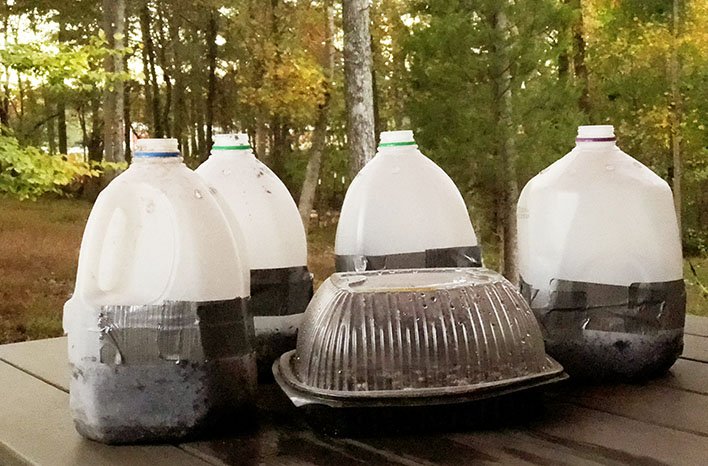Garden of Artistic Delights
/One of the highlights of the gardening season for me is the Garden Conservancy’s Open Days program, and yesterday’s marathon tour of nine gardens in West Roxbury and Milton, MA did not disappoint! I came home exhausted and exhilarated, my head swimming with tips from garden owners, snippets of conversations with fellow visitors, and a plethora of the new design ideas, horticultural finds and plant combinations that I had seen throughout the day.
Although all the gardens were beautiful and interesting in their own ways, there is always one garden that really captures my fancy. Yesterday it was the West Roxbury garden of Christie Dustman, a professional garden designer, and Patti Ryan, a professional furniture maker.
Their small garden, surrounding a historic home boldly trimmed in teal and purple, was packed to the brim with artistry, unusual specimens and fantastic plant combinations. The owners’ zeal for conifers (they are members of the Conifer Society) was evident in a collection of more than fifty unusual trees and shrubs, from towering weeping cedars to miniature yews.
But it was the whimsical use of cast-off items, like basketball hoops and organ pipes, that elicited the most “oohs and ahhs”.
The garden was a complex array of vignettes created from repurposed salvage store finds and hand-built creations masterfully laid out in a small space – a delight for the artist, designer and plant collector alike! If you have a chance to see this garden next year, don’t hesitate!
I am happy to support the Garden Conservancy as a member as well as a garden visitor. The Garden Conservancy was founded in 1989 to preserve exceptional American gardens for the education and enjoyment of the public.
The Conservancy partners with gardeners, horticulturists, landscape designers, historians, preservationists, and local organizations to preserve gardens; to share magnificent spaces and gardening ideas with the public through Open Days and other educational programs; and to raise public awareness of the important role gardens play in America’s cultural and natural heritage.
Since 1995, the Open Days program has spread the garden preservation message by providing access to some of America’s finest private gardens. Each year, hundreds of garden owners from coast to coast open their magnificent spaces to more than 75,000 visitors.
Next weekend I will tour the Open Day gardens in Hartford, Conn. and the Rose Garden in Elizabeth Park. Hope to see some of you there!


































